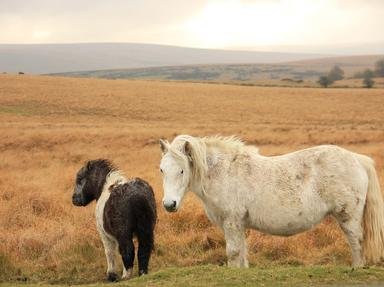Quiz Answer Key and Fun Facts
1. Badgers are nocturnal mammals which can be found all over the British Isles. What is the name of the maze of tunnels and chambers in which they sleep?
2. There are eighteen different species of bat that can be seen around the British Isles. Which species is the biggest?
3. Rabbits are a common sight in many parts of the British Isles. When they are happy they perform an athletic leap in the air and perform twists and kicks in mid air. What is this jump called?
4. Which large herbivorous mammal, which was widespread in the British Isles until it was hunted to extinction in the sixteenth century, has been has been slowly reintroduced into the countryside since 2002?
5. Which mammal, with the scientific name Vulpes vulpes, is a common sight all over the British Isles and is equally at home in an urban setting as it is in a woodland, upland or farmland setting?
6. Which small mammal, which is a frequent visitor to many gardens, was originally called an urchin?
7. Which agile small mammal, with a slender body and a bushy tail, is another frequent visitor to gardens, and is often seen helping itself to nuts and seeds left out for the birds?
8. Another mammal found in the wild in the UK is the deer. There are six species of deer found there. Which species is the most common?
9. Which carnivorous mammal, native to the Great Britain, has the scientific name Lutra lutra and is the only semi-aquatic member of the weasel family?
10. What unexpected animals live wild on the Great Orme (Y Gogarth) headland in North Wales?
Source: Author
clevercatz
This quiz was reviewed by FunTrivia editor
rossian before going online.
Any errors found in FunTrivia content are routinely corrected through our feedback system.

